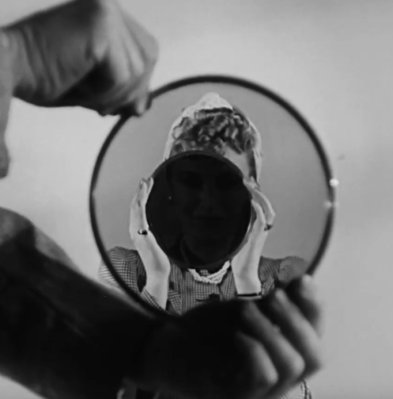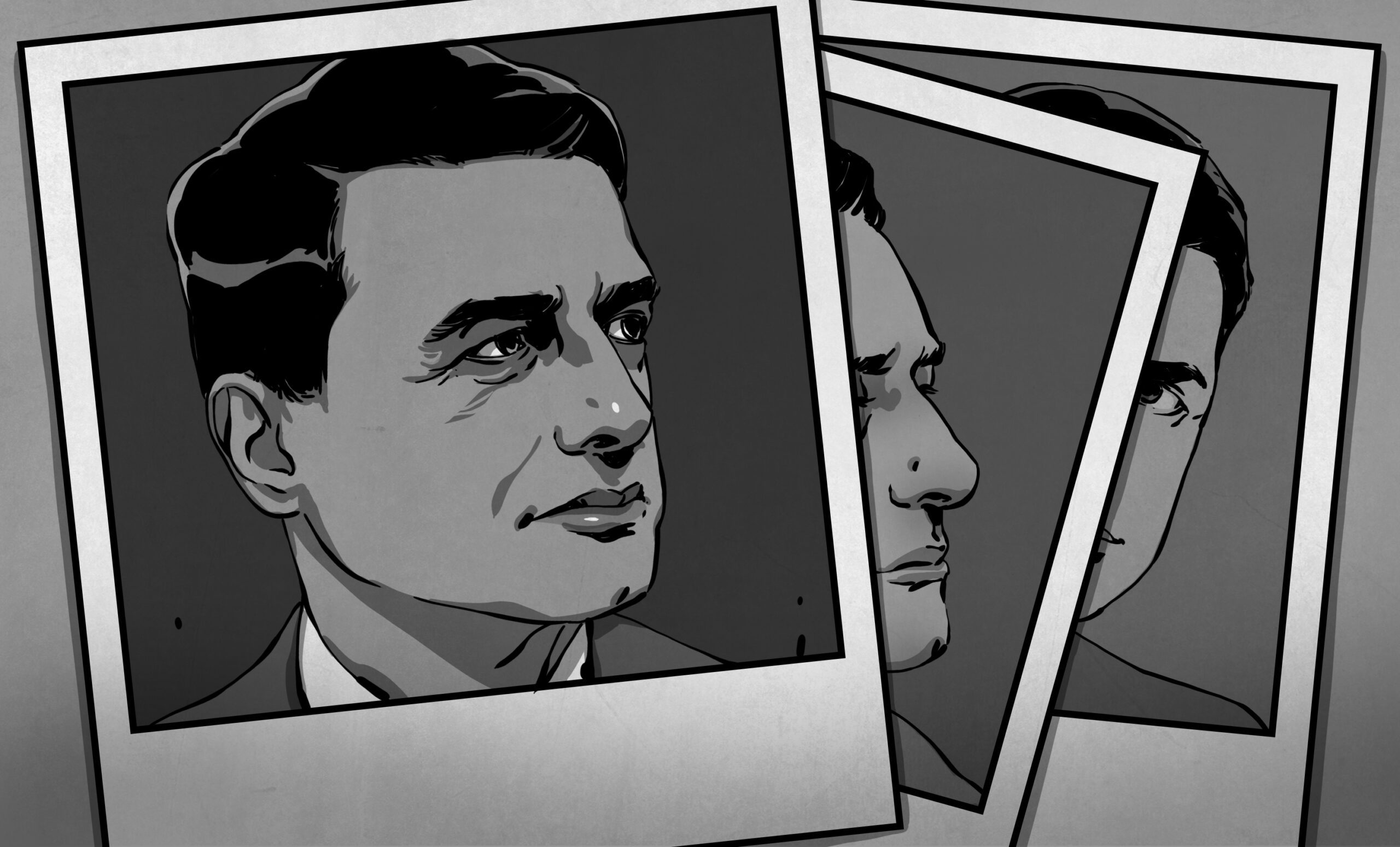Edwin Land, were he alive, would hate this post. He wanted to be known for this scientific work and not for his personal life. In fact, upon his death, he ordered the destruction of all his personal papers. However, Land was, by our definition, a hacker, and while you probably correctly associate him with the Polaroid camera, that turns out to be only part of the story.

It was obvious that Land was intelligent and inquisitive from an early age. At six, he blew all the fuses in the house. He was known for taking apart clocks and appliances. When his father forbade him from tearing apart a phonograph, he reportedly replied that nothing would deter him from conducting an experiment. We imagine many Hackaday readers have similar childhood stories.
Optics
He was interested in optics, and at around age 13, he became interested in using polarized light to reduce headlight glare. The problem was that one of the best polarizing crystals known — herapathite — was difficult to create in a large size. Herapathite is a crystalline form of iodoquinine sulfate studied in the 1800s by William Herapath, who was unable to grow large sizes of the crystal. Interestingly, one of Herapath’s students noticed the crystals formed when adding iodine to urine from dogs that were given quinine.
Land spent a year at Harvard studying physics, but he left and moved to New York. He continued trying to develop a way to make large, practical, light-polarizing crystals. At night, he would sneak into labs at Columbia University to conduct experiments.
His breakthrough was the realization that he could develop tiny polarizing crystals and put millions of them in a film to form a large polarizer without the problem of growing giant crystals. At first, he created tiny crystals, suspended them in liquid, and aligned them with an electromagnet. A sheet of celluloid would pass through the liquid, picking up precisely aligned microcrystals. When the liquid dried, the crystals remained, and you had a sheet of polarizing film.
A Polarizing Patent

That was the basis of the 1929 patent for polarizing films. Later, the process changed to using a polymer sheet with crystals that aligned by stretching the plastic without an electromagnet. Eventually, the crystals would be made of iodine. Not only did polarizing filters reduce glare, but using two of them allowed you to control the flow of light. If the two filters have the same alignment, light with the correct polarization will pass. As you rotate one filter, less light will pass until the polarizers are at right angles to each other. At that point, virtually no light will flow. Polariscopes can even detect stress in glass objects.
In 1932, a Havard professor who had family money joined with Land to form Land-Wheelwright Laboratories to manufacture polarizing films. You’d think that wouldn’t be a big business, but it turns out there were many uses for a large polarizer, although auto headlights didn’t work out. Kodak bought polarizing film for movie cameras. American Optical made polarized sunglasses. It even made 3D movies and photographs more practical.
In 1937, the company changed its name to Polaroid. But it would be 1943 before the Polaroid camera was even an idea. Of course, between those years, there was a World War to contend with.
The company sold many 3D movie cameras. They produced a 3D film for the 1939 World’s Fair. Unfortunately, the right eye film has been lost, but the left eye one is still around, and you can see it below.
War Years
Turns out polarizing films have more military uses than you might guess. Pilots and soldiers benefit from polarized goggles. A 1944 magazine article noted that all fire control teams had polarizing goggles that could adjust their darkness by turning a knob. Polaroid even produced goggles for war dogs and mules. Even General George Patton was seen sporting a pair of Polaroid goggles.
While most of the company’s war effort was optical in nature, it wasn’t all polarized light technology. For example, the company also developed synthetic quinine after the war shut off the supply of tree bark normally used to produce the medicine. While that might seem odd, at the time, quinine crystals were used in the polarizing films produced by the company. The work ultimately didn’t pan out for practical purposes, but it did win the Polaroid researcher responsible a Nobel Prize in 1965, as it was a landmark achievement in organic chemistry.
Before the war, a Polaroid employee made the Vectograph, a stereo viewer that encoded depth information in the form of polarization. During the war, the technique was used to enhance reconnaissance photos. Land and his company also played important roles in future photo intelligence development. He contributed to the U2’s camera and several satellite- and balloon-borne cameras.
The Camera
Of course, what Land is really known for is instant photography. Inspiration struck in 1943 while on vacation in Santa Fe, New Mexico. He took a picture of his three-year-old daughter. She wanted to see the resulting picture right away.
That wasn’t possible, of course, but it got Land thinking. Reportedly, in an hour, he had the basic ideas in place to make the system work. Within three years, he had a prototype. Two years after that, the camera was on sale to the public.
The camera used a technique known as diffusion transfer that was known before Land used it and made it practical for cameras. Prior to this, it was used to copy documents and produce lithography plates before being replaced with more modern techniques. The company made 60 cameras and put 57 of them on a shelf in a department store, thinking they would have some time to make more. The cameras were all sold in a single day, as you can see in the video below. Later, a demonstration by Steve Allen on national television undoubtedly sold many cameras.
The secret isn’t so much in the camera as in the film. In the original process, silver halide — just like regular film — turns black where the light hits it and doesn’t blacken where the image was dark. A dye transfer process migrates dye to the surface of the picture, being blocked where the image is black. This produces a positive image. This requires a series of chemical reactions.
To start the reactions, the reagents are lumped together at the edge of the picture. Rollers in the camera crush capsules containing the reagents and spread them across the picture. For color photos, there are multiple light-sensitive layers and complementary dyes.
In early cameras, the development occurred in the middle of a pack, and after a delay, the user had to separate the image from the rest of the pack. However, in 1972, integral film appeared, which used more chemical magic to develop the image right in front of your eyes.
Genius
Now, when you hear of Edwin Land, you know he did more than invent the instant camera. Not bad for someone who dropped out of school twice. He did, eventually, get an honorary PhD from Harvard. In fact, Harvard’s Baker Library has a great exhibit about Land and his work if you want a lot more detail.
If you have an instant camera, you can build your own film packs. Despite digital photography, we are still fascinated with these instant cameras.
